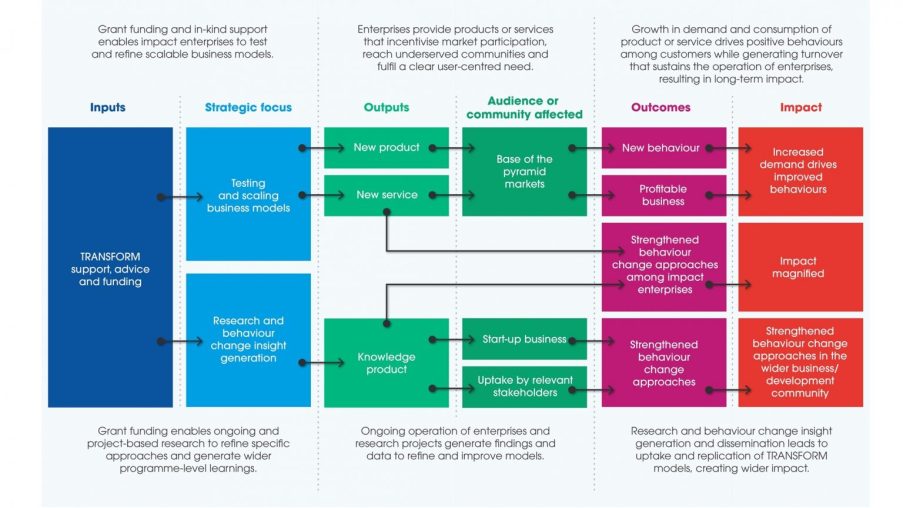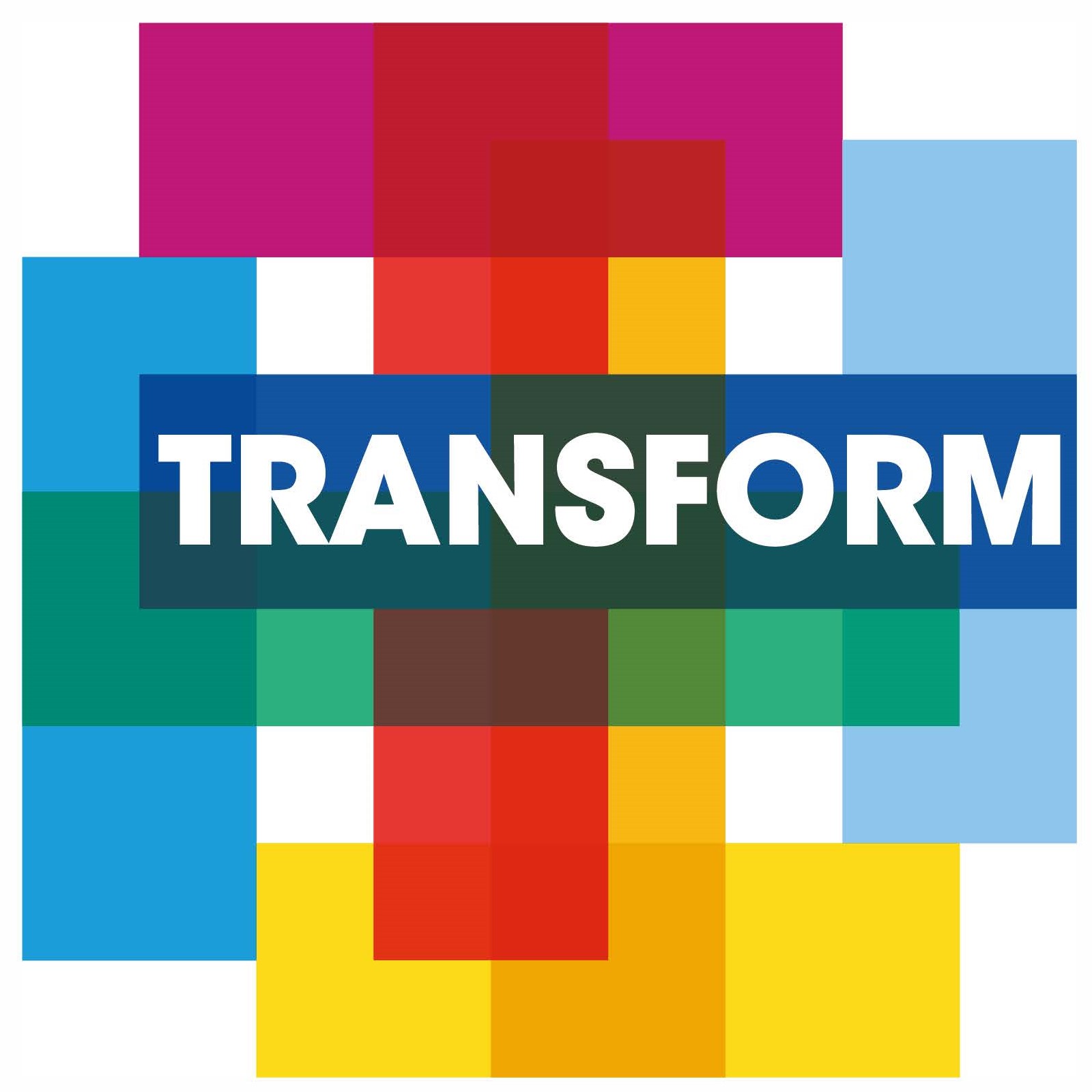Why do you need a theory of change?
Published on: 10/09/2019
Theories of change are growing in popularity as a core tool for any business looking to create a positive impact, but what does a theory of change actually mean or do?
Simply put, it’s understanding how an action generated by your enterprise causes a reaction. Or, technically speaking, a theory of change is the approach to understanding and describing why and how a desired change is expected to come about as a result of an action.
A theory of change strengthens a programme’s design by clearly articulating how change is expected to happen and the assumptions or risks associated with it. It ensures that all stakeholders are aligned to the objectives and outcomes of the project plan, and understand how their individual contribution ladders up to generating greater and more meaningful impact.
What does a theory of change look like?
A theory of change could be a diagram sketched on the back of a napkin, a couple of paragraphs of text explaining how your project results in your intended outcomes, or a report detailing an integrated programme with individual nested theories of change. Whatever its form, theories of change are a crucial component of TRANSFORM, and we encourage all enterprises we work with to develop one.
TRANSFORM’s theory of change describes how inputs of finance and in-kind support from FCDO, Unilever, EY and other partners generate outputs, building up to our total impact. It is also a critical tool at a programme level, enabling us to map TRANSFORM’s overall impact against our goals.

A web search for “theory of change” produces endless templates and resources to help you create your own. With so many great ‘how-to’ options already available, this blog covers what developing a theory of change will enable you to do, and why it can be a powerful tool for any enterprise or programme looking to create impact.
Ensuring your team is aligned on how you create impact
Co-creating a theory of change forces a team to think systematically about what a project or business does and how it does it. You may think this is unnecessary or that disagreement on such fundamental factors is unlikely. In reality, it’s entirely possible for colleagues to hold different views and assumptions on the fundamental factors of a programme or business.
It can be easy to overlook the breadth of interpretation that may exist in a team when looking at what impact is created and how this comes about. If your team is not aligned, it could lead to difficult conversations and decisions down the line if you aren’t seeing the results that you were expecting.
Inspiring your team and attracting investors
Working alongside all stakeholders to develop the theory of change demonstrates a transparency and cohesion, and gives individuals ownership of impact and outputs.
Employees, stakeholders or investors will be more motivated and inspired by the business if they understand how a desired change is achieved and the role they played to help reach it. In addition, investors or funders with an impact mandate will be able to see that your enterprise is helping them to fulfil their investment goals.
Identifying measurement indicators
Theories of change unpack complexity and outline the key conditions required for activities to generate intended change. Identifying clear and logical assumptions as well as risks is essential to designing measurement and evaluation systems, and allows mitigation strategies to be developed against those risks.
By setting indicators to measure progress on the outputs and outcomes of your inputs, it is possible to understand how your strategy is progressing and where you are on the journey to achieving the intended impact. Armed with this knowledge, you can refine and pivot your model as needed if it’s not working as you intended.
Identifying and learning from failures
Theories are based on assumptions. Their effectiveness is assessed by how well they reflect real-world outcomes. As you create your theory of change and map out chains of cause and effect, you will make assumptions about how one thing leads to another. Don’t stop here. Interrogate these assumptions and look for evidence that one thing does lead to another. There will likely be academic or practitioner research online to test your assumptions.
Most importantly, finding out that you are wrong about an assumption is not a failure. This is a success. Spotting these will help you make your project or business stronger and create greater long term impact for the people you want to help.
Your theory of change will always evolve
Your programme will pivot and evolve over time as you learn more about how it works, and so should your theory of change. This may result from changing a key component of your programme or business due to new insights or shifting resource constraints. It may also follow a discovery of how something creates impact, leading you to place greater focus on the areas you now know work.
Impact entrepreneurship is by definition a more dynamic area than traditional business management. Rather than balancing sales with consumer demand, a third dimension – impact – sits in the equation. This dynamism requires flexibility, pragmatism and a willingness to adapt. A theory of change represents a vital tool for balancing these imperatives, enabling an incremental and collaborative way of delivering the crucial outcomes that impact enterprises are capable of.
If you are an enterprise or organisation focused on delivering impact, click the link below to download TRANSFORM’s template theory of change to map your own route to impact.
-
 Blog
Blog
